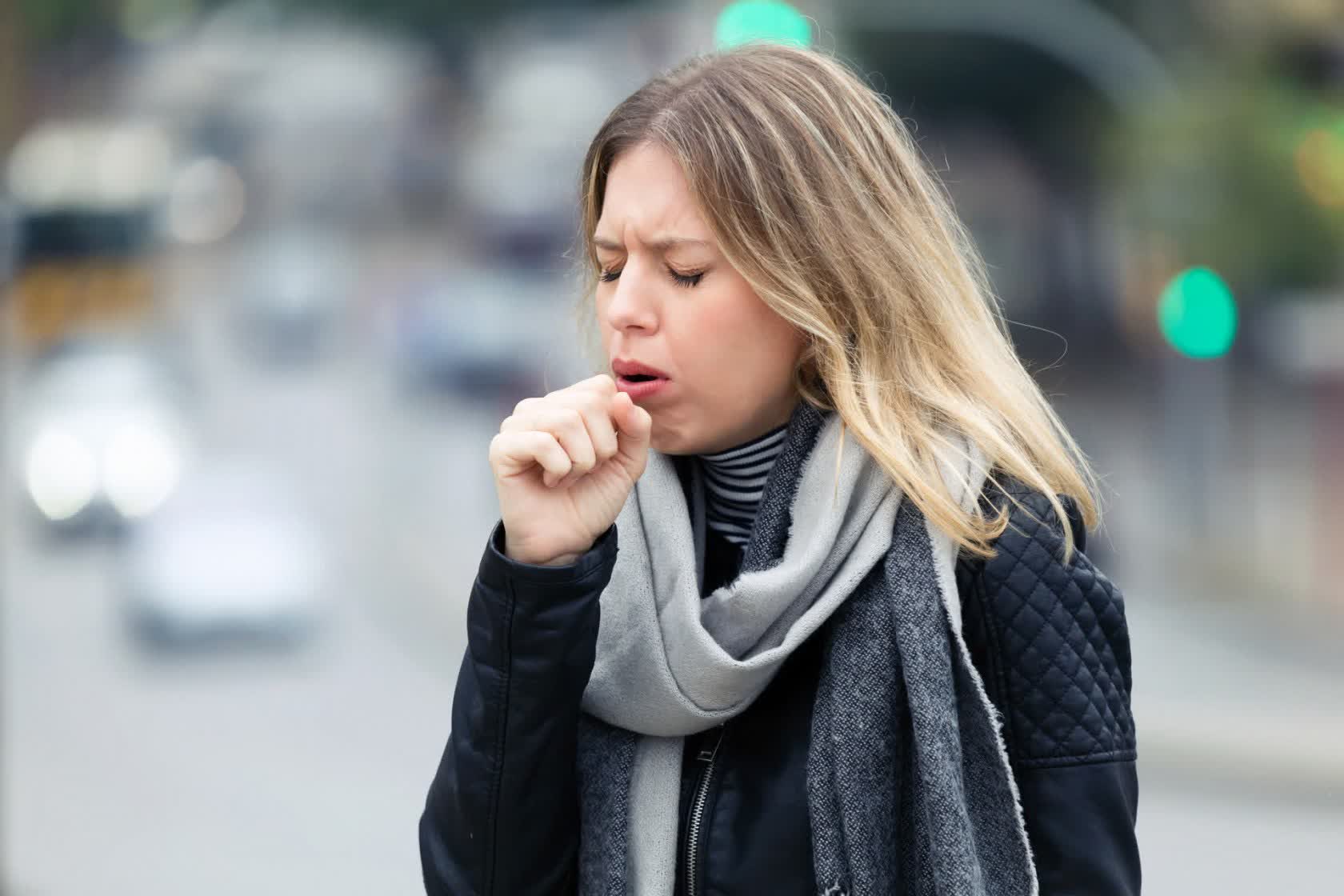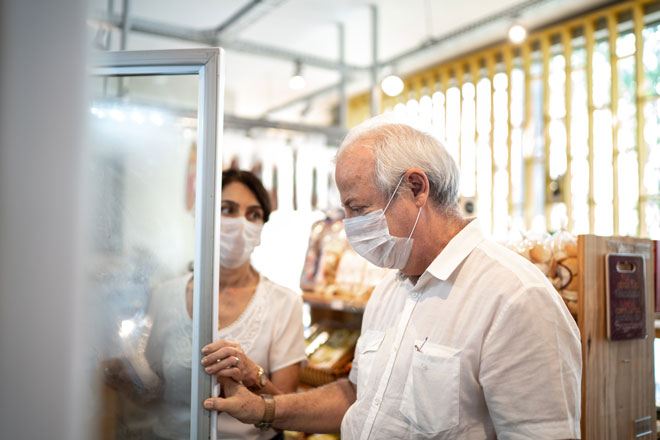As for cloth masks, much research demonstrates that they are ineffective and even dangerous. An N95 respirator or even a 3-layer cotton mask, worn indoors by people trained on how to properly wear, handle, and dispose of it does provide some small benefit. But a thin piece of cloth over your face, worn and handled in the manner in which nearly all the general public does, increases transmission risk through at least three separate factors. I'd be happy to provide you links to peer-reviewed research demonstrating this.
No, that research has been debunked... I assume you're talking about the "findings" from this article.
The risk of contagion is highest in indoor spaces but can be reduced by applying all available measures to combat infection via aerosols. Here is an overview of the likelihood of infection in three everyday scenarios, based on the safety measures used and the length of exposure

english.elpais.com
Well, here's the flaw in that article - I've taken this from Dr. Andrew Morris - you really should subscribe to his newsletter, as he is one of the leading experts...
_______________
First, we know that aerosols are not the major source of transmission, because most infected people have been in close contact with an infected person. (If the major source of transmission were aerosols, we would be seeing plenty of infected people who were never in close contact with a case.) The CDC, WHO, and others have acknowledged that aerosol transmission occurs and is important, but they also point out that the
main route of transmission is "droplet" (I.e. ballistic or close contact).
So what did the authors do? First, they start off with this:
At the beginning of the pandemic, it was believed that the large droplets we expel when we cough or sneeze were the main vehicle of transmission. This sets the reader up to believe that this initial idea was wrong. There is no evidence it was. They then go on to say an
article in the prestigious Science magazine found that there is “overwhelming evidence” that airborne transmission is a “major transmission route” for the coronavirus. Except the article wasn't an article "finding" overwhelming evidence, but rather it was a letter claiming overwhelming evidence. Two top US scientists, Drs. Angela Rasmussen (virologist) and Saskia Popescu (epidemiologist) told me they refused to co-sign the letter because of the misleading wording.
Finally, the beautiful visualizations—and they are beautiful—lead the non-expert reader to believe that they approach some kind of truth, even though they acknowledge some of the limitations. I guess the visualizations are what attracts readers. But the simulations used for these graphics are based on models that are entirely unrealistic. For example, we know
from many studies that household members have, at most, a 50% chance of getting infected from another member. (That high number comes from
a study that came out today, and may be lower overall.) And yet the model shows that there is a near certainty that everyone sharing a room with an infected person will be infected after 4 hours. It is an absurd model.
The last thing I will say on this article: it is a fantastically written and illustrated model, with many important takeaways. In fact, I agree on masking, and the benefits of ventilation/fresh air. But you will note that it doesn't even mention physical distancing. And herein lies the danger of over-emphasizing aerosol transmission: it seems that some experts keep on banging something so hard that they are even starting to drown out some of the most importance stuff. It is as if all they want is more cowbell.
_________________
Anyways... please, WEAR A MASK, don't spread misinformation, and be SAFE out there!!
Edit: oh, and check out
https://covidemails.com/ and subscribe - you'll get REAL information about Covid, instead of misinformation, and you'll begin to understand why so many people are getting sick and dying...


